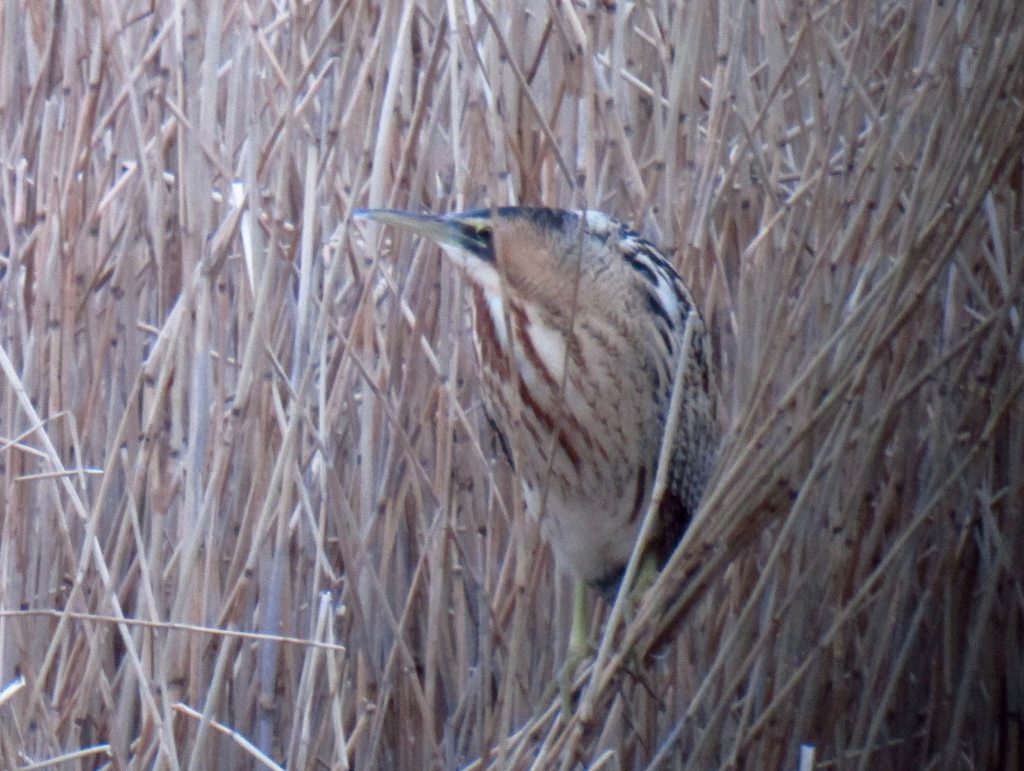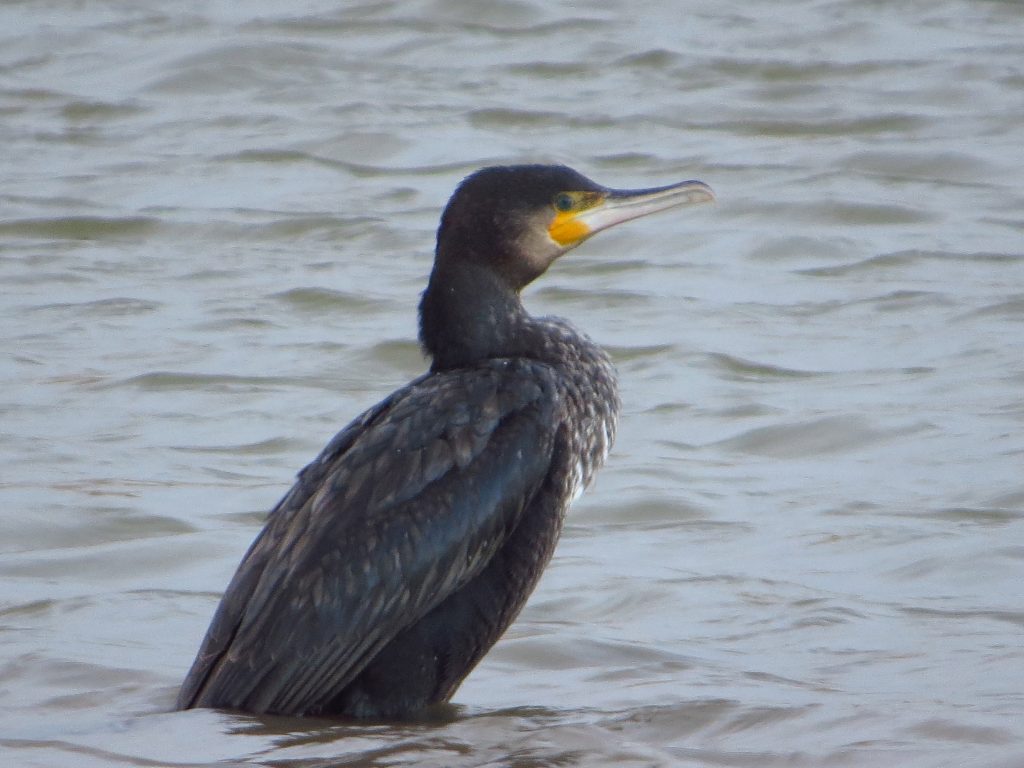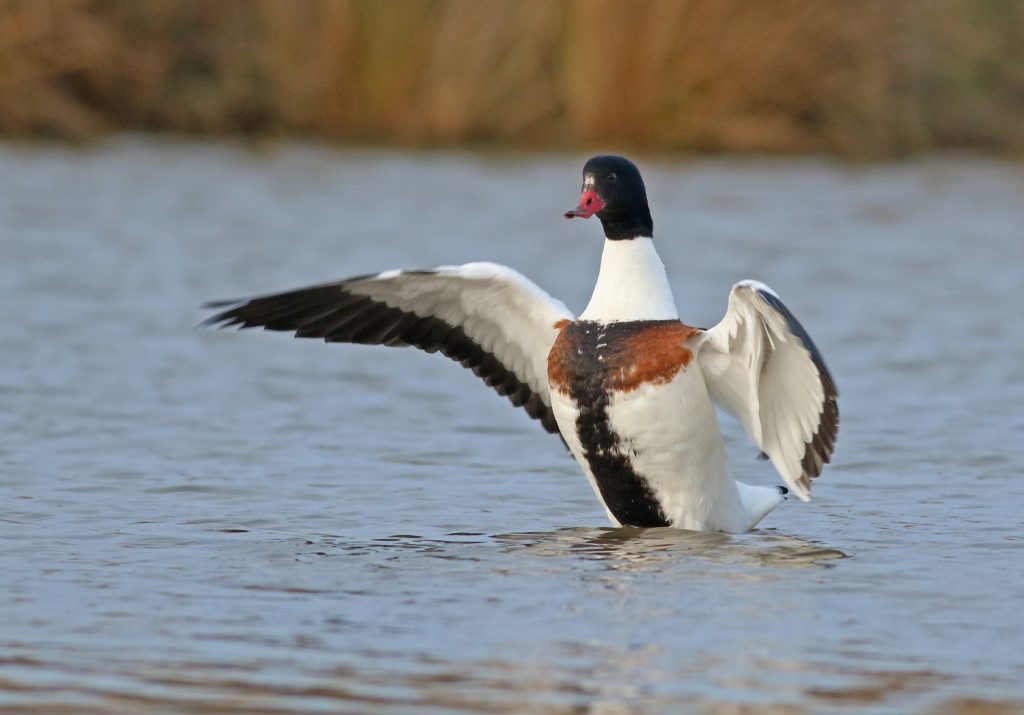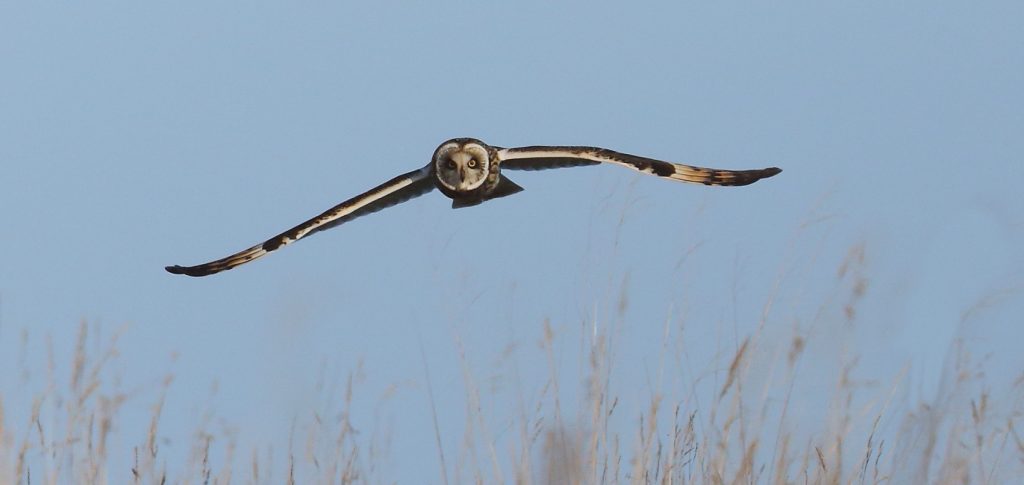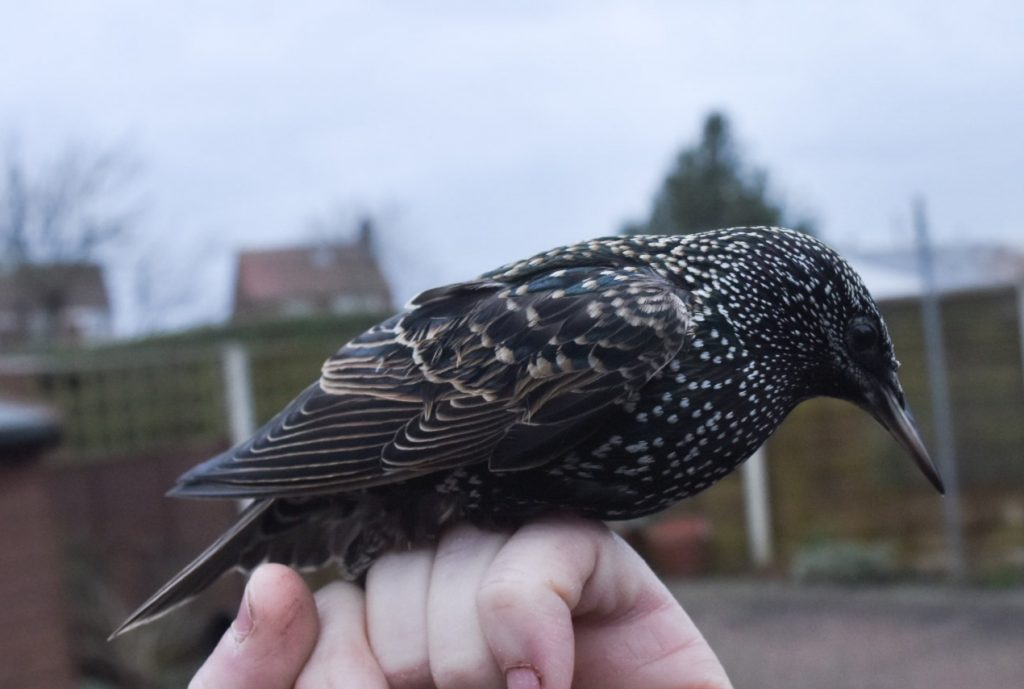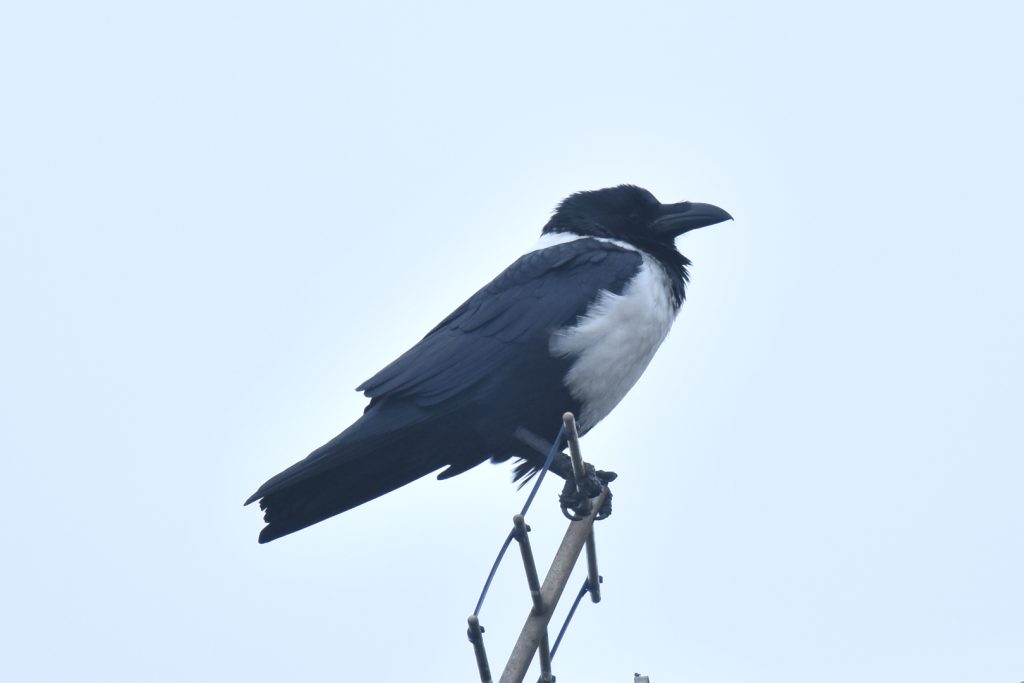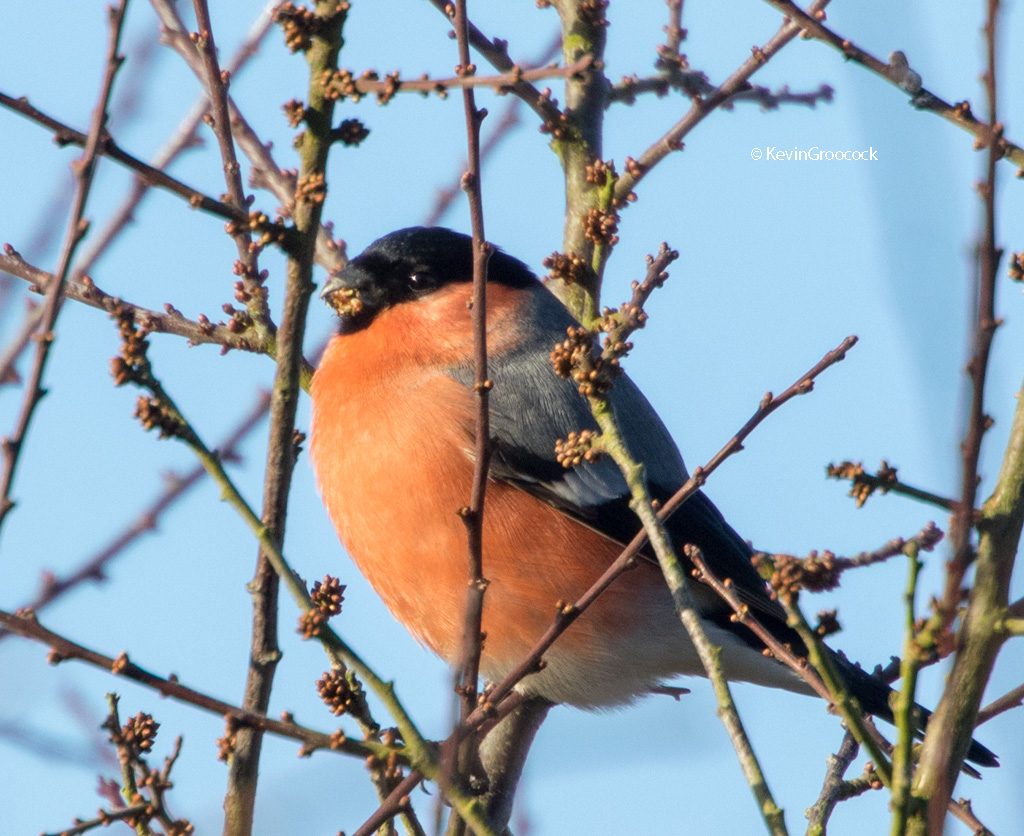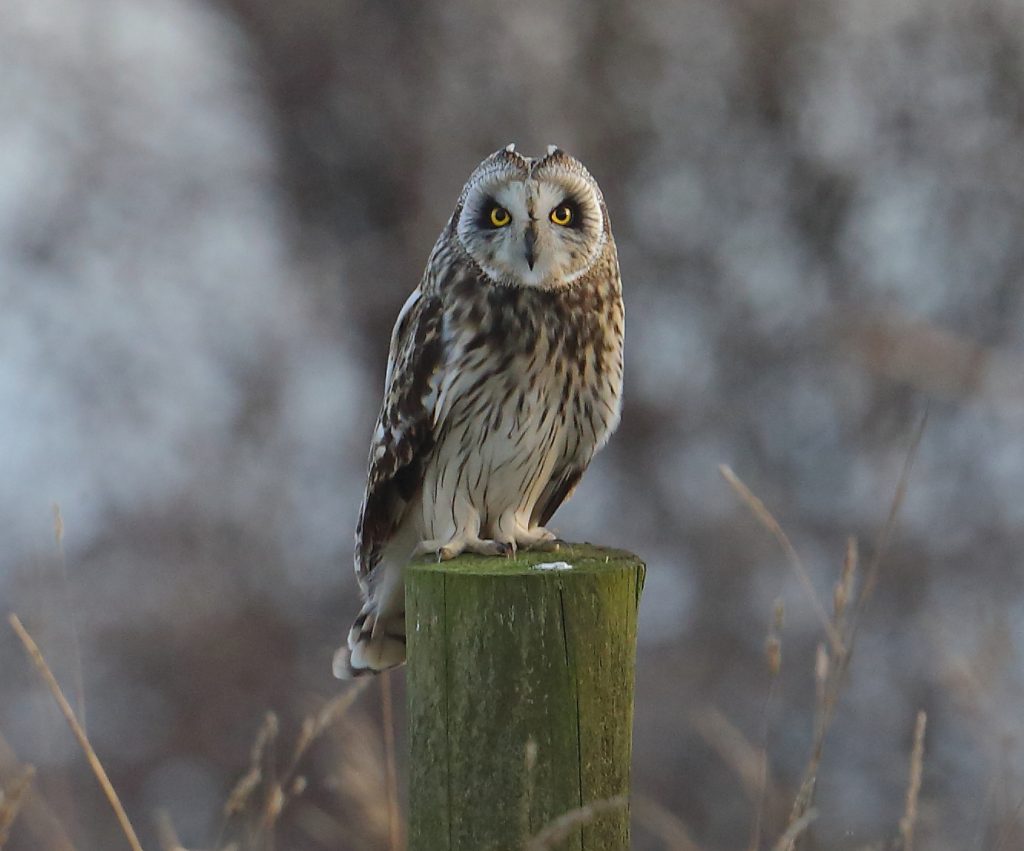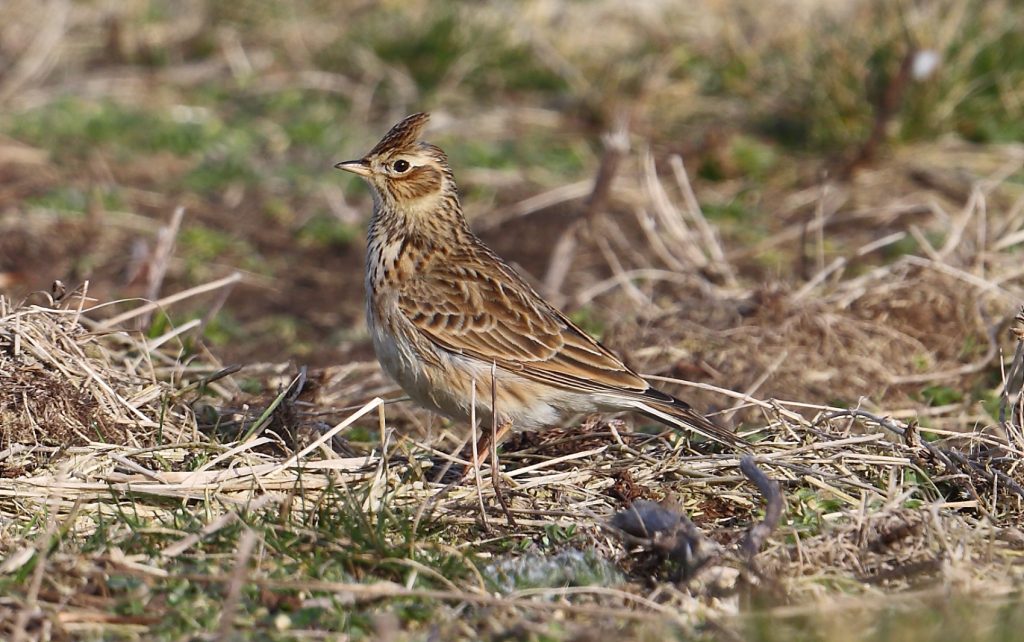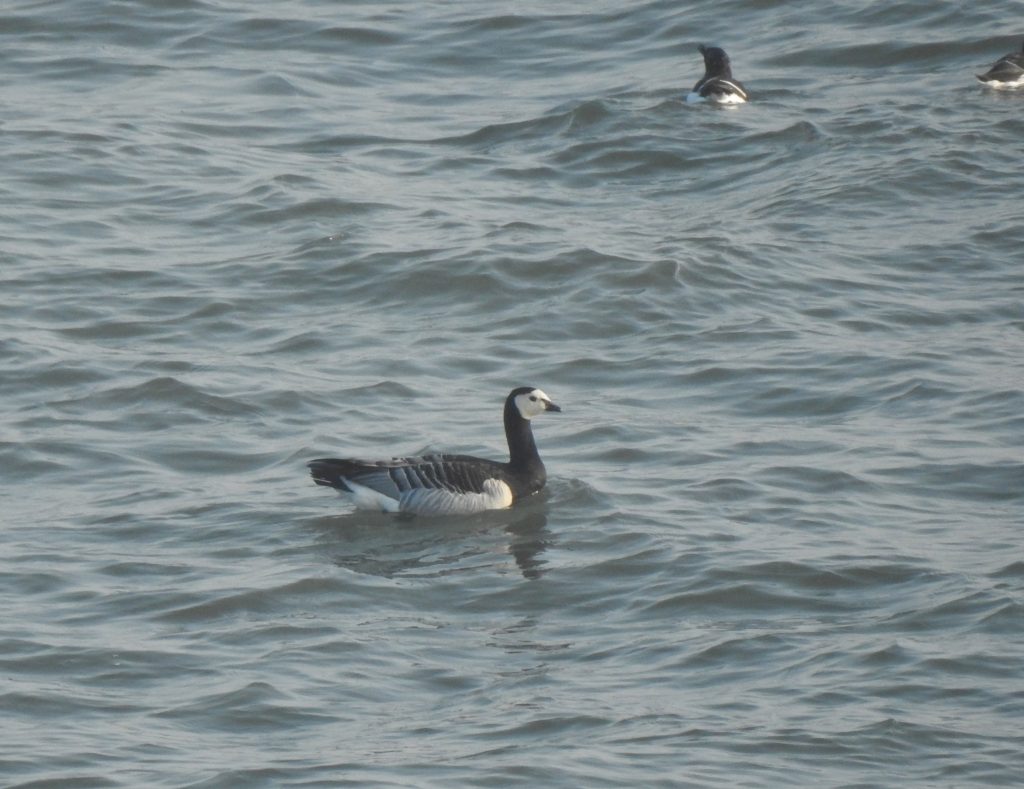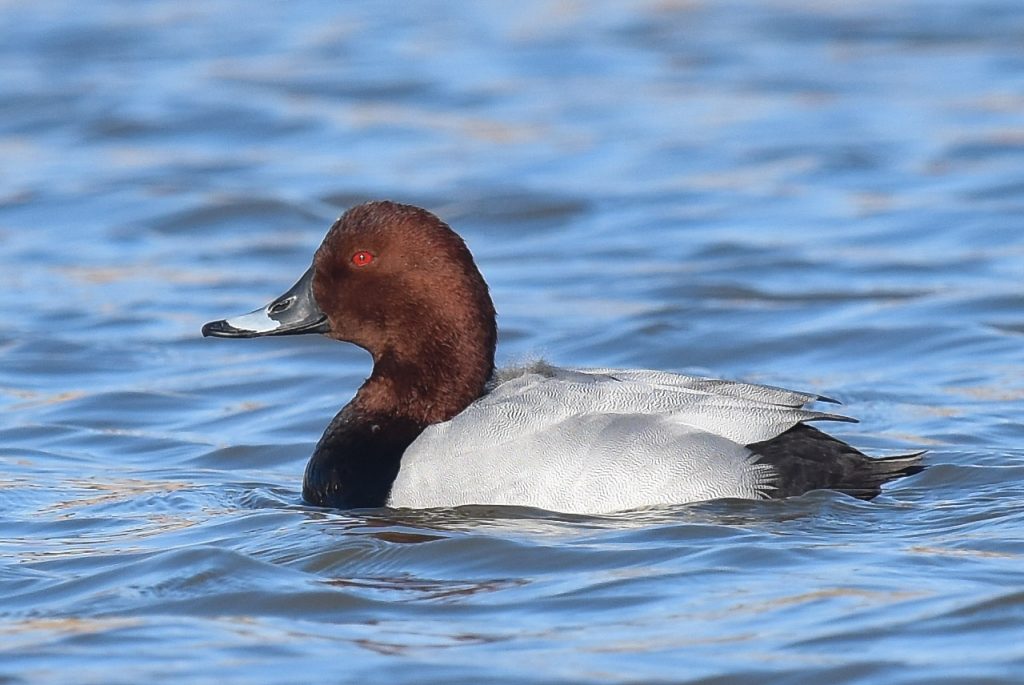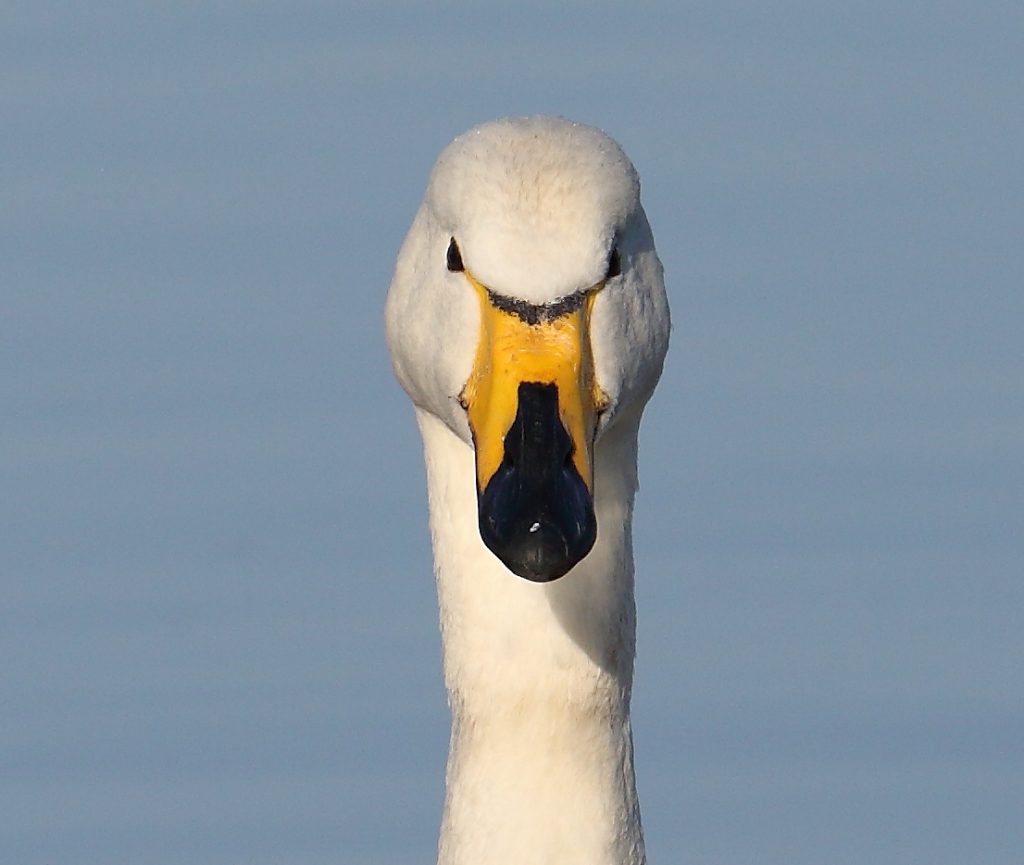The weather consisted of moderate north-easterly winds, snow showers and temperatures reaching three degrees C. Again the seawatch was quiet, with 52 Red-throated Divers, 11 Kittiwakes and two Razorbills of note.
The day’s highlight related to the reappearance of the Bittern at Thornwick Pools from late afternoon. Other sightings included eight Eider off South Landing, 32 Great Crested Grebes between South Dykes and Sewerby, three Ringed Plovers at South Landing, two Barn Owls and three Mistle Thrush at South Dykes.
